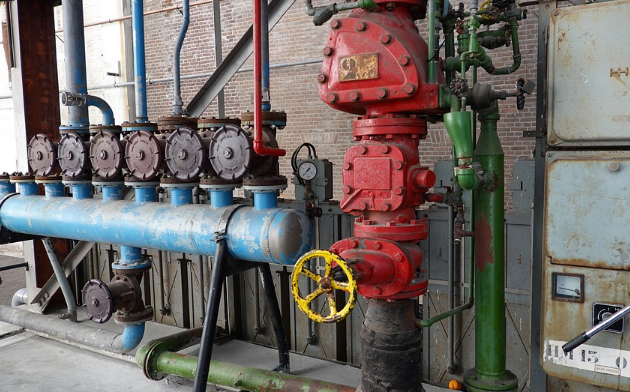Sound maintenance is the key to ensuring any piece of equipment’s long-term health. Which is why it’s so imperative that organizations utilize a maintenance strategy that works for them and their equipment. Typically, this is split between two different strategies. This post will serve as a detailing of each of these strategies so struggling businesses can have an easier time selecting between the two.
The first strategy that will be detailed is known as a preventive maintenance strategy. Anyone in the manufacturing industry has likely heard of this strategy. Preventive maintenance utilizes a maintenance schedule based on set time intervals throughout the year. These intervals, typically established by an equipment’s unique characteristics such as age or run-time, are responsible for maintaining a piece of equipment year-round. Which can be difficult considering emergency maintenance may be required.
The contrary strategy, known as predictive maintenance, solves these emergency maintenance woes. Rather than having set intervals for maintenance throughout the year, predictive maintenance strategies are predicated on efficiency. This strategy uses technology to connect to each piece of equipment and collect real-time data in order to analyze and interpret. Through this analysis, these systems are able to determine when an equipment will require maintenance rather than leaving organizations to guess.
Distinguishing between these two strategies is excellent, but businesses will only truly benefit when they determine which strategy works best for them. This decision is rarely easy. However, with the help of infographic accompanying this post, many organizations should have a much easier time selecting. After reviewing it, organizations should be left with just enough data to make the most informed decision regarding these two maintenance strategies.
Most organizations struggle to justify their investment into predictive maintenance systems as they are unsure how they could benefit their organization. In addition to that, many organizations worry that they wouldn’t be able to support these systems’ integration. However, as more and more organizations have bit the bullet and transitioned, the integration has become increasingly more simple. Not only that, the abilities of these systems has improved as more and more organizations have transitioned. With more data being inputted, the more precise these systems can be when it comes to estimating critical failures and suggesting maintenance to avoid these failures all together.
No matter how simplified these systems become, organizations will always face some sort of challenge. Typically that will be the price or the struggle of organizations and their employees adapting to these systems as they’ll require some rigorous retraining. Only when these short-term issues are resolved can organizations begin to see the long-term benefits of these systems.
Maintenance can be a tricky thing to navigate as a business owner or manager. For additional information on how your organization can integrate one of these strategies, be sure to check out the infographic accompanying this post. Courtesy of Industrial Service Solutions.


